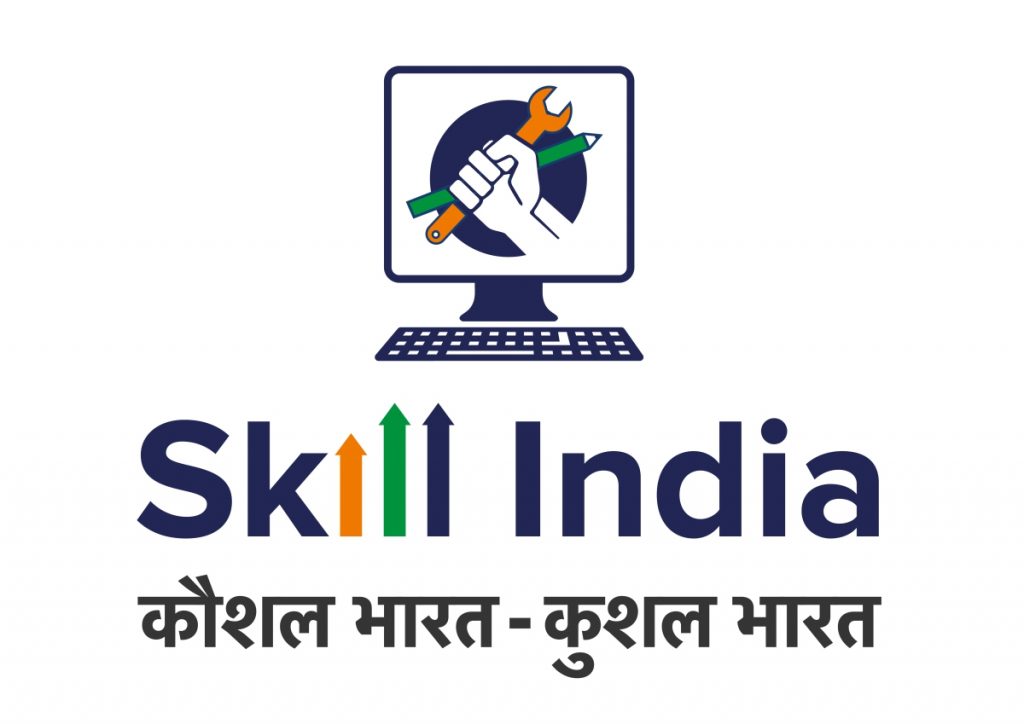Government’s implementation strategy in vocational education to focus more on results than inputs.
The government is going steady on skilling India for the future, and in line with that, the Cabinet Committee on Economic Affairs chaired by Prime Minister Narendra Modi, has just approved two new World Bank-supported schemes of Rs. 6,655 crore — Skills Acquisition and Knowledge Awareness for Livelihood Promotion (SANKALP) and Skill Strengthening for Industrial Value Enhancement (STRIVE).
An official report states that SANKALP is a Rs 4,455 crore centrally-sponsored scheme including Rs. 3,300 crore loan support from World Bank, whereas STRIVE is a Rs. 2,200 crore central-sector scheme, with half of the scheme outlay as World bank loan assistance. Both are outcome-focussed schemes marking a shift in the Government’s implementation strategy in vocational education and training, from inputs to results.
The report says “There has been a long-felt need for a national architecture to promote convergence, ensuring effective governance and regulation of skill training and catalysing industry efforts in the vocational training space. The two schemes shall address this need by setting up national bodies, which shall regulate accreditation and certification in both long- and short-term vocational education and training (VET).”
Furthermore, it states that the architecture shall help, for the first time in the history of vocational education in India, converge the efforts of various central, state and private-sector institutions. This avoids duplication of activities and brings about uniformity in vocational training, thus creating better impact.
Both the schemes are aimed at institutional reforms and improving quality and market relevance of skill-development training programmes in long- and short-term VET. Government schemes of the past, such as Vocational Training Improvement Project (VTIP), have focussed on strengthening ITIs and over 1600 ITIs have already been modernised under the schemes.
STRIVE shall incentivise ITIs to improve overall performance, including apprenticeship by involving SMEs, business association and industry clusters. The schemes aim to develop a robust mechanism for delivering quality skill-development training by strengthening institutions, such as State Skill Development Missions (SSDMs), National Skill Development Corporation (NSDC), Sector Skill Councils (SSCs), ITIs, National Skill Development Agency (NSDA), and so on. The schemes shall support universalisation of the National Skills Qualification Framework (NSQF), including the National Quality Assurance Framework (NQAF), across the skill development schemes of central and state governments. This ensures standardisation in skill delivery, content and training output.
The schemes shall provide the required impetus to the National Skill Development Mission, 2015 and its various submissions. The schemes are aligned to flagship Government of India programmes, such as Make in India and Swachhta Abhiyan. They aim to develop globally-competitive workforce for domestic and overseas requirements.
To this end, the official release says that over 700 industry-led institutions are being set up to provide job-oriented skill training to lakhs of aspirants. An innovative challenge-fund model has been employed to select and support proposals to set up such institutions in identified sectors and geographies. Over India International stalling institutions are being promoted to focus upon skill training, as per global standards, for overseas placements. Over 30,000 aspirants shall be trained in IISCs and get certificates from International Awarding Bodies (lABs). Upgrading 500 ITIs, as model ITIs across India and improving their industry connect, is also envisaged by ushering in reforms, such as on-line examination, centralised admission, improving efficiency and transparency in the system.
National Policy of Skill Development and Entrepreneurship 2015 highlighted the need for quality assurance measures, such as building a pool of quality trainers and assessors. SANKALP envisages setting up trainers’ and assessors’ academies with self-sustainable models. Over 50 such academies are to be set up in priority sectors.
Department of Telecommunications (DOT) and the Ministry of Skill Development and Entrepreneurship (MSDE) have already made significant progress in this direction by setting up a number of institutes for training of trainers (IToT) in the public and private sectors, offering training in over 35 trades. The schemes shall leverage such institutions for training the trainers in both long- and short-term VET, thereby bringing about convergence. Additional trainer academies shall be set up on the basis of identified sectoral and geographical gaps.
Greater decentralisation in skill planning will be ensured by institutional strengthening at the State level, which includes setting up of State Skill Development Missions (SSDMs) and allowing states to come up with District and State-level Skill Development Plans (DSDP/SSDP) and design skill training interventions to suit the local needs. SANKALP aims at enhancement of inclusion of marginalised communities, including women. Scheduled castes (SCs), schedule tribes (STs) and persons with disabilities (PWD) will provide skill-training opportunities to the underprivileged and marginalised sections of the society.
The schemes will develop a skilling ecosystem that will support the country’s rise in the Ease of Doing Business Index through a steady supply of skilled workforce to the industry. The schemes will also work towards increasing the aspirational value of skill-development programmes by increasing the marketability of skills, through better industry connect and quality assurance.



